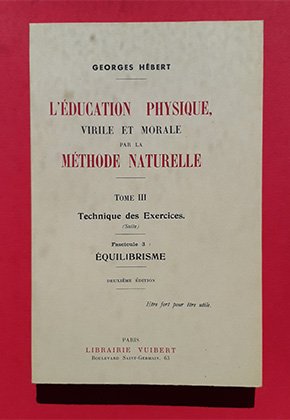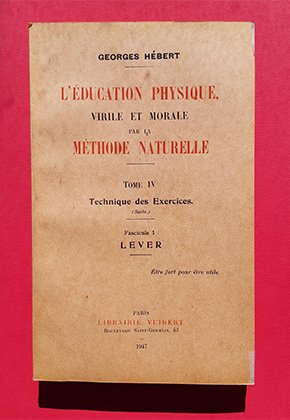1903 : the beginnings

Analytical, framed, rhythmic movements…
Hébert already has some ideas about the physical training of men.
He wants a practice:
- Complete
- Natural
- Utility
He is close to DEMENY and COUBERTIN and opposes the official method in force (method of the Joinville school which takes up the Swedish method (analytical movements, carried out on site)).
He submits a reform plan for the teaching of “gymnastics” to the National Navy, which assigns him to the Naval Commando School in Lorient.
The adventure begin…
Analytical, framed, rhythmic movements…
1904 : Lorient

…to utility training.
He takes the direction of the training of the marine troops and begins to apply his ideas there.
He replaced the rigid and purely muscular teaching given to more than 1,200 men with a more utilitarian teaching and established listed performances (the future “Code of strength”) to measure the results, which would prove to be extremely convincing.
But he was isolated, the rest of the army continuing to use the official method of the School of Joinville.
1907 : First book

Hébert throws the sailors…into the water! A revolution for the time
Hébert publishes his first book: “Reasoned Physical Education”. The work is prefaced by Demenÿ whose influence we recognize.
In this book, Hébert continues to use certain gestures of the Swedish method. He would write years later that it was a mistake on his part but that “he could not reform abruptly within an institution such as the Army…and had to make concessions” (Strohl, Revue de l’ physical education).
The Army chooses the Swedish Method which becomes its official method.
The land and sea armies then clash head-on over the method to be adopted.

















